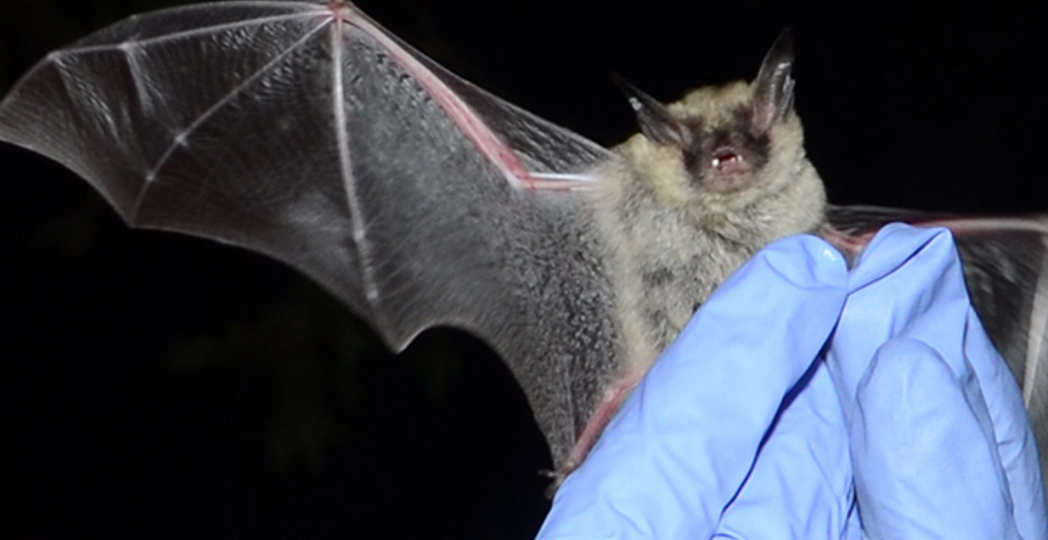Bats Are Protected at Ohio’s Only National Park
by Vince Guerrieri | Aug. 23, 2024 | 9:00 AM

Courtesy US Fish and Wildlife Service
There’s only one instance of an Indiana bat being seen at Cuyahoga Valley National Park, says biologist Ryan Trimbath, and that was more than 20 years ago.
But the bat’s population is so threatened that it affects federal policy. “They’re so rare, and we know they might be here, so they affect the way we operate,” he says.
The bat’s been listed as an endangered species since 1967, and like many other endangered species, it’s due largely to encroachment on its habitat (the bats are believed to come to Northern Ohio during maternity season, and hibernate in — where else? — Indiana). The population was further depleted with the arrival in the early 2000s of white nose syndrome, a fungal disease that takes root during hibernation and leads to starvation, dehydration and death.
RELATED: Helping the Eastern Hellbender's Habitat
In fact, the northern long-eared bat, a species more commonly seen at Cuyahoga Valley National Park, has also been recently put on the endangered species list. Both bats' fragility prompted the park to close Ice Box Cave, a well-known habitat for them, to the public.
It has also led to increases in technology.
“We kind of had to put a pause on some of our standard monitoring tools,” Trimbath says. “So we developed acoustic monitoring tools as a result, to record ultrasonic calls of the bats.”
RELATED: Meet our full list of more than 35 resilient and adorable critters from our September 2024 issue.
For more updates about Cleveland, sign up for our Cleveland Magazine Daily newsletter, delivered to your inbox six times a week.
Cleveland Magazine is also available in print, publishing 12 times a year with immersive features, helpful guides and beautiful photography and design.

Vince Guerrieri
Vince Guerrieri is a sportswriter who's gone straight. He's written for Cleveland Magazine since 2014, and his work has also appeared in publications including Popular Mechanics, POLITICO, Smithsonian, CityLab and Defector.
Trending
-
1
-
2
-
3
-
4
-
5










